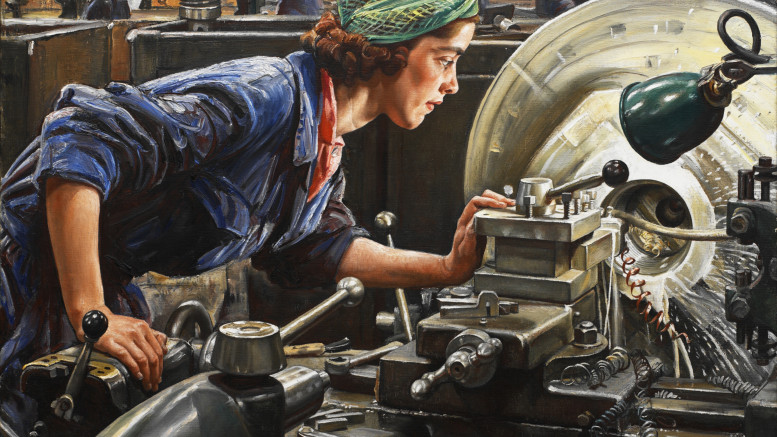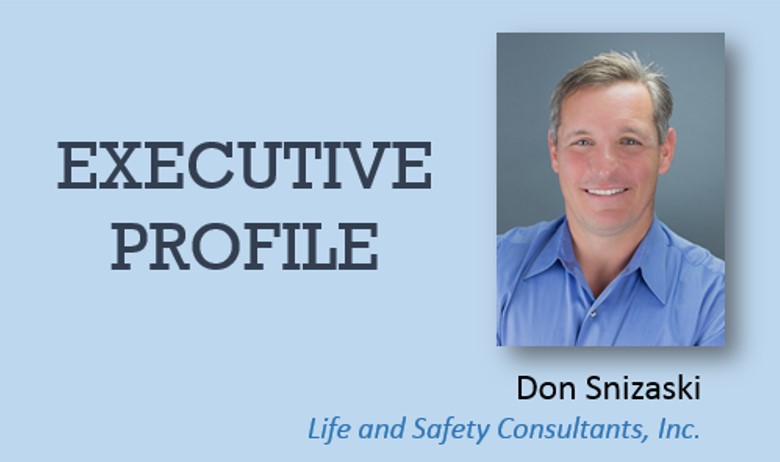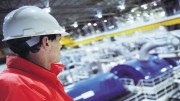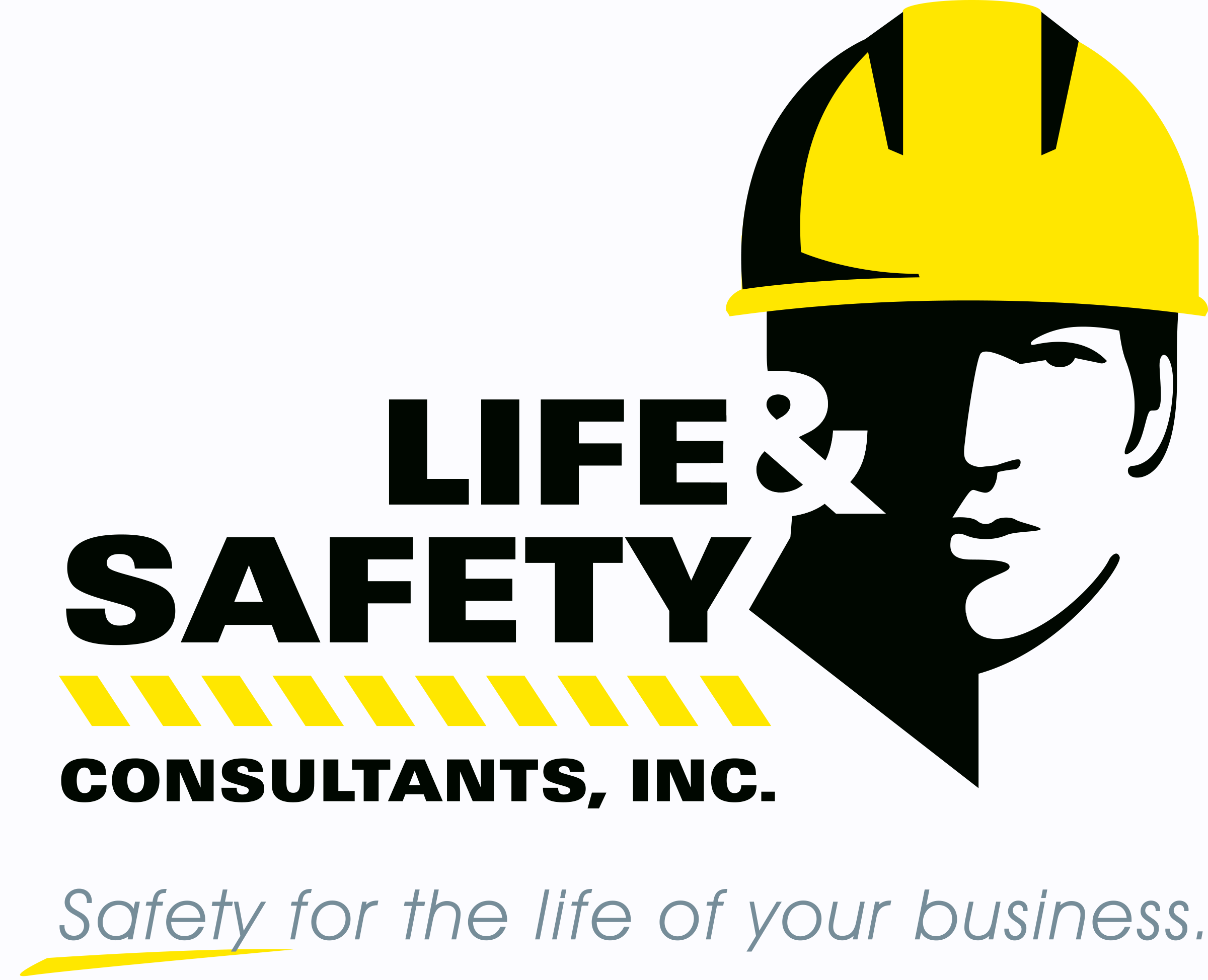It’s nothing short of overkill to hear that bad safety practices can have negative side effects on the success of any businesses. The driver for being safe, and the repercussion for not being safe are one in the same; cost.
Now, before any passionate reader out there goes up in arms shouting the most important reason for companies to be safe is not and should not be cost, but rather being the moral obligation to keep their people safe, let me challenge you to hear me out. After all, I am a safety professional and I wrote, revised, read, revised again, and approved this message.
The US Bureau of Labor Statistics estimates that US companies spend 125 billion dollars each year on work related injuries and illnesses. Just how that money continues to be spent beyond the direct cost of an injury or illness though, is not as immediately apparent.
This article seeks to shed light on the lesser known drivers for companies to exhibit strong safety performance; a combination of the direct cost of poor safety performance, the direct or indirect scrutiny of a particular injury, illness or generally poor safety records, and the resonating effects on the company itself.
Direct Cost. Any company employing living beings is required to carry worker’s compensation insurance. This is the first cost that comes right off the bottom line. Worker’s Compensation insurance is simple (relatively speaking) regardless of which insurance model a company participates in; an increase in injuries or severity will increase a company’s ‘mod rate’ (or other multiplier utilized by insurance model), which directly increases a company’s insurance premiums. Decreases in injuries or severity will decrease the modifier, which directly decreases the premium a company is required to pay.
All this, and there hasn’t even been an injury yet.
Public Relations. Recently publicized injuries at a Bumble Bee Tuna factory and a Bacardi Bottling facility demonstrate the immediate public backlash that can come from a fatal incident. In addition to the resources needed to defend a company from the public implications of such an event, there are also the legal fines and fees that can also be associated.
In addition to felony convictions and jail time for members of its management staff, Bumble Bee could face fines up to 1.5 million dollars. To deteriorate the situation more, the high publicity of this specific case has inevitably made everyday lunch goers consider switching their lemon pepper tuna packets from Bumble Bee tuna to Star-Kist.
The public and financial implications of intervention from the Occupational Safety and Health Administration (OSHA) also play a factor. In addition to potential fines associated with a poor facility inspection, OSHA also publishes all inspection and fatality investigation information in a publicly searchable online database.
Loss of potential new business or customers can also be negatively affected by poor safety performance. Past safety performance is an important point of consideration in the proposal selection process for many large OEMs and their associated suppliers. Suppliers lose bids, regularly, because of poor safety performance.
Larger companies are also migrating towards increased customer requirements around safety and environmental performance. Especially within the manufacturing realm, ISO 14001 Environmental Management System, and OHSAS 18001 Occupational Health and Safety Management System certifications are quickly becoming the new normal.
For reasons why, see all sections of this article, as they certainly apply to that larger, more publicly scrutinized company that you may be providing goods and services to. Big potential for lost dollar signs, here.
The Employees. Have you ever heard that safe employees are happy employees? An American Society of Safety Engineers research study published in 2009 showed a correlation between employees who felt safe at work and an overall increased morale over those employees who did not feel as safe at work.
When employees are happy in their jobs, the prospect of leaving becomes less of a consideration; this results in lower turnover numbers. The less time spent allocating resources to retraining of new employees resulting from increased turnover, the more money that can be spent reinvesting in the company’s continued success.
In addition, if a company has a reputably poor safety outlook, employees are bound to spread the word. Referrals then shrink, and good talent being attracted to working for such a company dwindles. A reputation of poor safety can lead to a recruiting pool that’s both small and of lower quality, it’s easy to see the cost burden of utilizing a less talented workforce.
Safe work practices are good for many reasons, yes. Their ultimate impact though most measurably ties back to the bottom line. Alternately, unsafe work practices can deliver a burden that can quickly turn a company from black to red. With all trails leading back to the fundamental reason for business, safe practices are a profitable investment.
 About the Author:
About the Author:
Cameron Colby is a Senior Environmental, Health, and Safety Consultant with Life and Safety Consultants, Inc. located in Greenville, SC. A graduate of the Civil and Environmental Engineering program from the University of South Carolina, she entered the field of EHS directly out of school as an associate of General Electric’s Operations Management Leadership Program After 3 years with GE Aviation, Cameron became the Corporate Safety Leader for Human Technologies, Inc., a large staffing firm with over 50 client locations throughout the Southeast. Cameron has been a Senior Consultant with Life and Safety Consultants since 2013, and is currently pursuing her Professional Engineering license in Environmental Engineering.





Be the first to comment on "Business Implications of Poor Safety Practices"